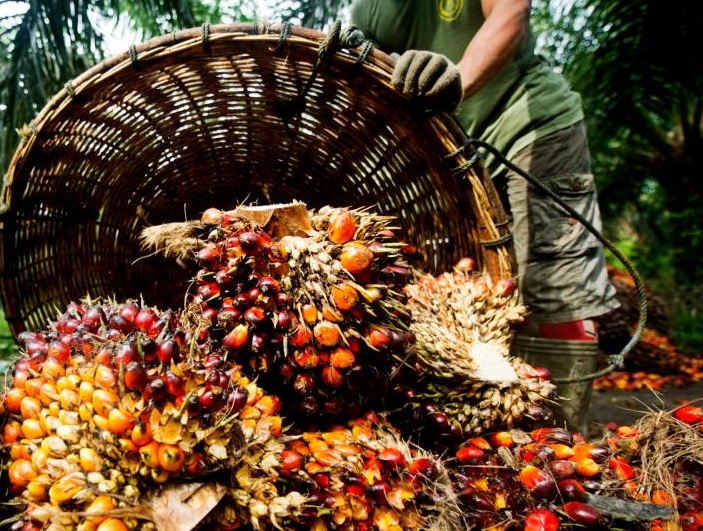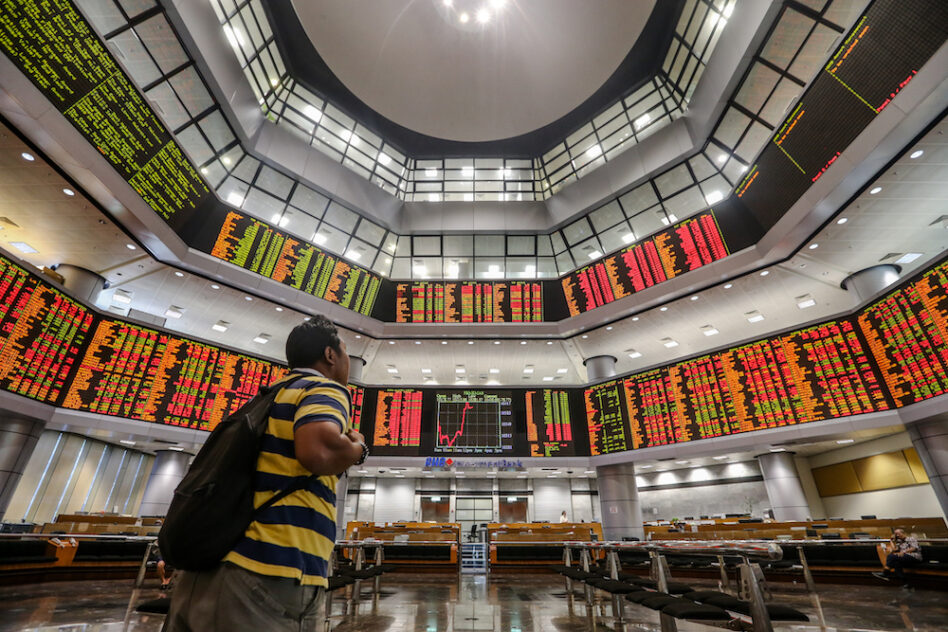MALAYSIAN planters can temporarily put concerns pertaining to ESG (environmental, social and governance) abidance in the backburner as crude palm oil (CPO) prices continue to rally amid fears of supply shortage.
Yesterday (Feb 17) was another record breaking feat as Malaysian CPO ask price topped RM6,000/metric tonne (MT) for the first time at RM6,050/MT.
At 6.30pm, March 2022 CPO price closed up RM140 at its record high at RM5,970/MT after the commodity was traded at between RM5,807 and RM5,970.
Despite the so-called “meteoric rise”, Maybank IB Research reckoned that high CPO prices may not sustain once supply normalises which is likely in 2H 2022.
“Except for Kuala Lumpur Kepong Bhd (KLK), we are keeping EPS (earnings per share) forecasts, call and target prices for our other stock coverage pending updates on their FFB (fresh fruit bunches) output and cost expectations during 4Q CY2021 results release,” reckoned analyst Ong Chee Ting in a regional plantation outlook.
“Stay “positive” on the sector with preferred “buys” on KLK, Sarawak Oil Palms Bhd and Boustead Plantations Bhd.”
Projecting CPO price to possibly peak in 1Q 2022, Maybank IB Research has raised 2022 CPO average selling price (ASP) forecast to RM4,100/MT from RM3,200/MT after a confluence of factors that have driven present CPO prices to above RM5,000/MT.
“We do not expect the present high prices to sustain. But in the immediate term, we do anticipate CPO price to stay lofty as the industry is in its seasonally low production cycle, limiting available supply,” opined the research house. “Industry output is likely to pick up from 2Q 2022 onwards.”
Below are some developments that are driving up CPO prices as per Maybank IB Research’s views:
- CPO output has remained tight in supply as 4Q 2021 output fell short of market expectations, especially in Indonesia;
- South American crop prospects have deteriorated sharply over the past two months due to the drought experienced in south Brazil and Argentina from the La Nina phenomenon;
- Crude oil prices have surpassed US$90/barrel in part due to geopolitical tensions;
- Cost pressures have been rising, especially from high fertiliser prices. High fertiliser prices and disruption in global supplies also cast uncertainties over the application of fertiliser (especially by smallholders) which may impact oil yields further out;
- Labour shortages in Malaysia persist with foreign workers yet to return; and
- Indonesia’s latest export policy that requires exporters to set aside 20% of the industry’s export volume for domestic market obligation has raised some concern over the availability of palm oil in the global market (at least in the short term). – Feb 18, 2022









